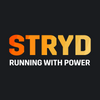New Next Gen Stryd Metrics: Impact Loading Rate & Lower Body Stress Score
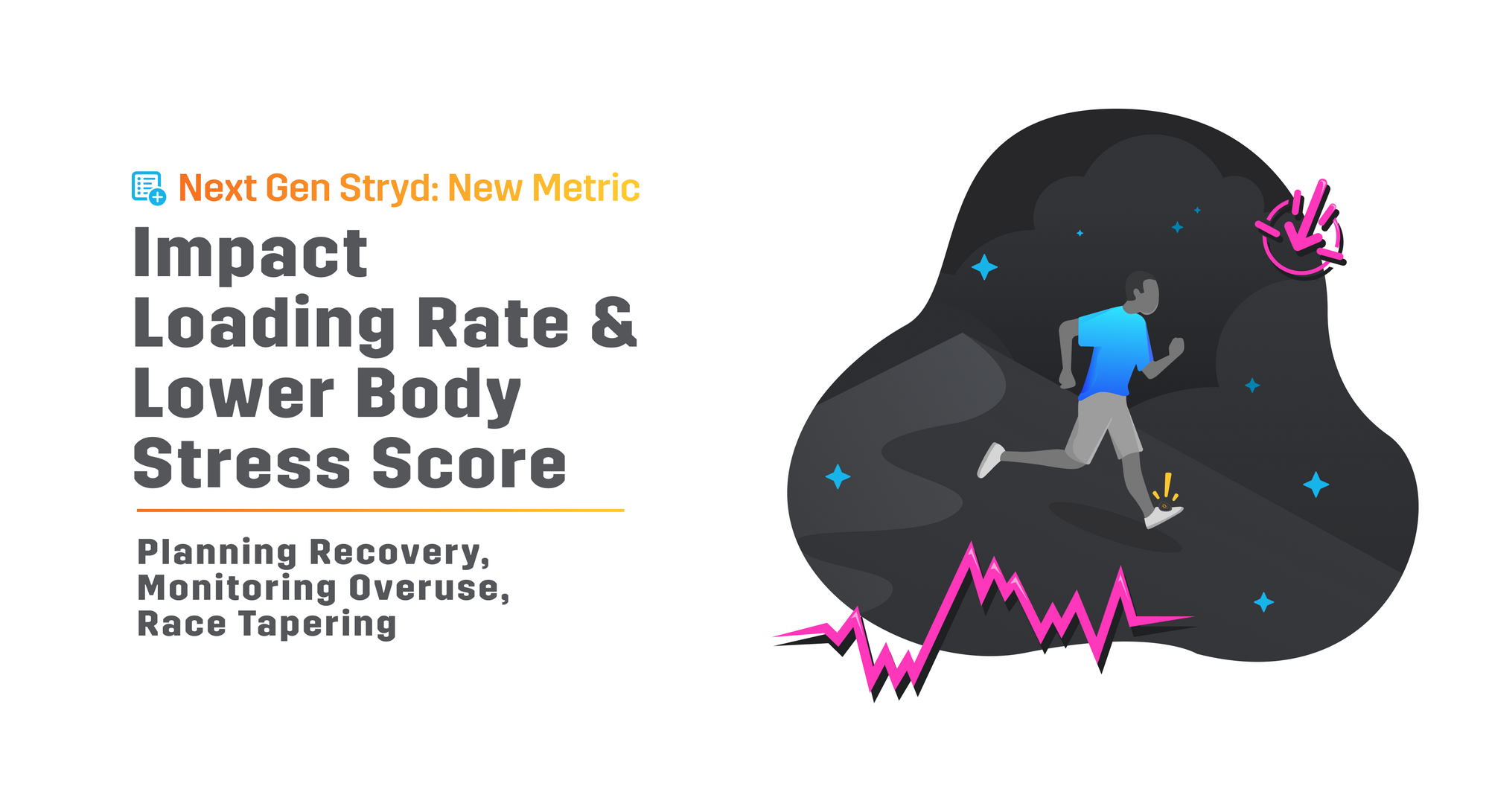
Today, we are excited to announce two new metrics that the Next Gen Stryd enables to help keep you healthy and sustain your performance.
These new metrics are:
- Impact Loading Rate
- Lower Body Stress Score
Stryd's metrics help you plan your recovery, monitor your overuse, and better prepare for your next race.
Let’s jump into a deeper look at these new metrics!

What is Lower Body Stress Score?
Lower Body Stress Score (LBSS) is a single number to help runners understand the impact of the mechanical load experienced between a runner’s center of mass and the ground that they accumulate over their day-by-day training. A key input to LBSS is your second by second Impact Loading Rate (ILR), quantifying its accumulated effect to create a single number for each run.

Similar to how Running Stress Score (RSS) is an expression of your metabolic intensity, Lower Body Stress Score is an expression of your mechanical fatigue.
How do I use Lower Body Stress Score?
Once you have enough data to establish the Lower Body Stress Score (LBSS) for each of your runs, typically after only five runs, as part of a healthy training regimen, there are many possible applications. For example,
- Monitor for overuse: If you track how your LBSS is trending as compared to a personal baseline, you can identify and work towards a healthier training regimen that reduces chances for overuse. Similarly, if you are coming back from injury and want to gradually transition back to regular training, monitoring LBSS week by week can be helpful to avoid any significant increases in mechanical stress to maintain a healthy recovery.
- Better plan your training: Say you had an awesome mountain trail run but it felt like it may have trashed your legs. Not sure how many days to take off? You could compare LBSS from that run to your past efforts and average weekly LBSS to get a basic idea for how many days you want to take off to fully recover from it before you go back out to hit the trail again.
- Prepare for your next race: Do you have an upcoming race with a lot of downhills? ILR and LBSS can help you tailor your training so you can prepare for the mechanical stresses of downhill running. ILR can be used when complete race specific preparation to recognize the peak ILR values and durations you can sustain without issue. During your tapering period, you can use LBSS as your guide to be sure your lower body is in the right condition to handle extended downhill running.
With so many other possible future applications we are looking forward to working with Stryders together to figure out all creative ways to make it truly “impactful” in your training and racing.
How is Lower Body Stress Score defined?
LBSS is a personalized score which compares your real-time Impact Loading Rate during your run with your “Critical Impact.”
Critical Impact: Your Impact Loading Rate when running on flat and at your Critical Power.
Lower Body Stress Score is a reflection of the mechanical load applied to the lower body, accumulated over time. Currently, LBSS uses second by second Impact Loading Rate to calculate a single number to quantify the total mechanical load.
LBSS can be helpful in the same way that Running Stress Score can be helpful. Both scores use an average computed over the previous week to generate a moving baseline. Similar to how running an hour at your Critical Power will accumulate 100 RSS points, running at your Critical Impact for one hour will accumulate 100 LBSS. From this a single number is generated that can give the user an insight into training intensity.
How do I keep my LBSS accurate?
An accurate Critical Power is essential for LBSS accuracy.
Lower Body Stress Score is largely influenced by the comparison of your Impact Loading Rate during your run to your Impact Loading Rate while running at your Critical Power. This intersection of Impact Loading Rate and Critical Power has been coined Critical Impact.
Further, for an accurate LBSS, a Stryder’s data needs to meet the following two criteria:
- An accurate Critical Power
- Runs with “diversified intensity” on a “relatively flat” surface
For point 2 above, “relatively flat” is defined to be a grade roughly between -1% and +1%. “Diversified intensity” is defined to be a running data history which includes running efforts on “relatively flat” terrain in both lighter effort and harder effort zones, i.e. some power Zone 1 to Zone 2 efforts and some power Zone 4 to Zone 5 efforts.

What is Impact Loading Rate?
Impact Loading Rate is the initial rate of increase in vertical (or perpendicular) force as a runner contacts the ground with their foot. It is reported in the units of body weight per second (bw/sec). This is an overall metric of how much load is being applied to the lower body over time. Higher values means force is being applied at a faster rate. Lower values mean force is being applied at a lower rate.
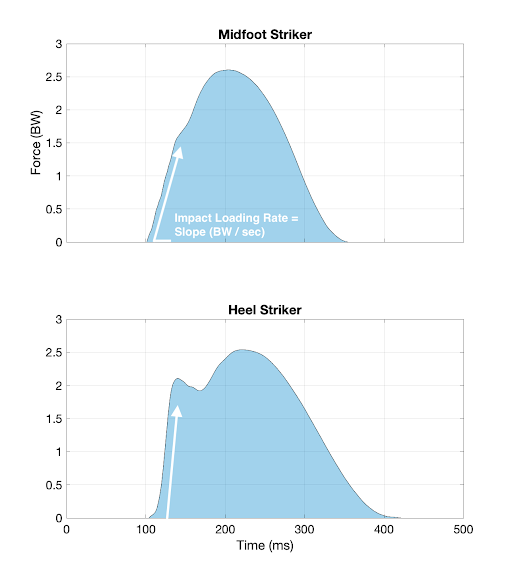
In other words, Impact Loading Rate is how quickly your body is absorbing vertical force when your foot first hits the ground. Impact Loading Rate will also be generally larger for people who heel-strike than for people with other foot-strike patterns.
Why is Impact Loading Rate important?
Quantifying real-time mechanical load on the lower body, i.e. your Impact Loading Rate, and it’s accumulated effect, i.e. your Lower Body Stress Score, can help runners accurately track changes, particularly large changes, and can help runners both maintain and regain lower body mechanical health, to keep you running at your best.
Further, because Impact Loading Rate is recorded second-by-second and is viewable alongside your GPS running route and other Stryd metrics displayed post-run in both PowerCenter and the Stryd Mobile app, you can use it to pinpoint precisely when and where the largest contributions to LBSS (i.e., your accumulated mechanical stress) are occurring in your runs.

Knowing where the largest contributors to your LBSS actually happen and under what conditions, you can then make corrective steps to either avoid these areas entirely or change your training with a goal to reduce mechanical stresses in your future running.
What conditions will change my ILR and my LBSS?
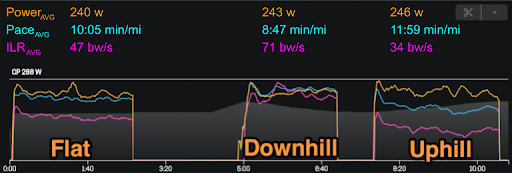
Impact Loading Rate (colored pink in the figure above), which is accumulated as an input to LBSS, generally increases on the downhill, decreases on the uphill, and generally increases when increasing running speed or intensity.
How do I make the best use of my ILR and LBSS?
Reviewing your Impact Loading Rate post-run, you can identify the portions of your run which are causing you the most mechanical stress in real time, the highest of which indicating areas for improvement for you to reduce your Impact Loading Rate in future runs, by pulling back intensity in the identified course areas and therefore reserving more of your LBSS reserves for additional metabolic loading and an improved training effect.
Similar to RSS, users can observe LBSS trends over time, e.g. week over week, to determine if they are above or below their baseline, to help guide training changes as an active response.
Where do I find my ILR and LBSS?
Impact Loading Rate is graphed on a second-by-second basis when viewing your activity on the Stryd mobile app or the Stryd PowerCenter.
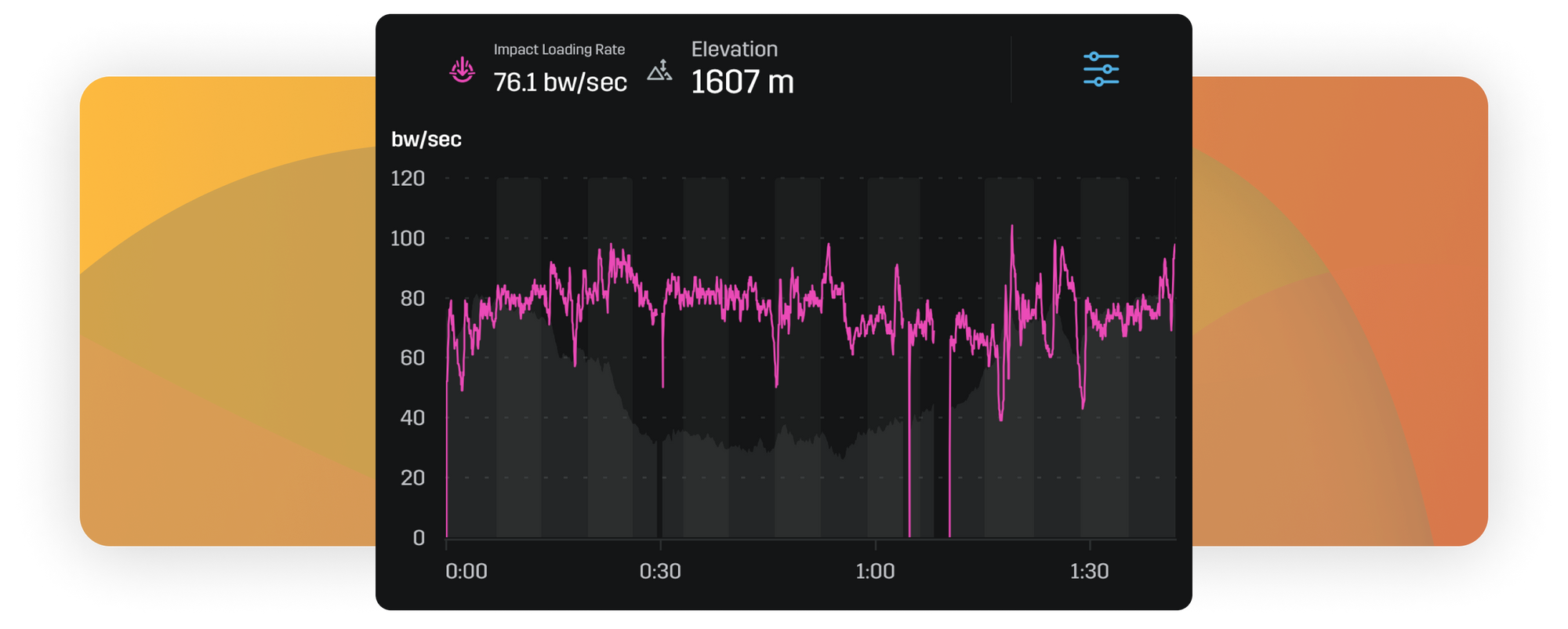
Lower Body Stress Score is graphed on a run-by-run basis when viewing your ‘My Training’ chart on the Stryd PowerCenter and your ‘Summary’ view on the Stryd mobile app.
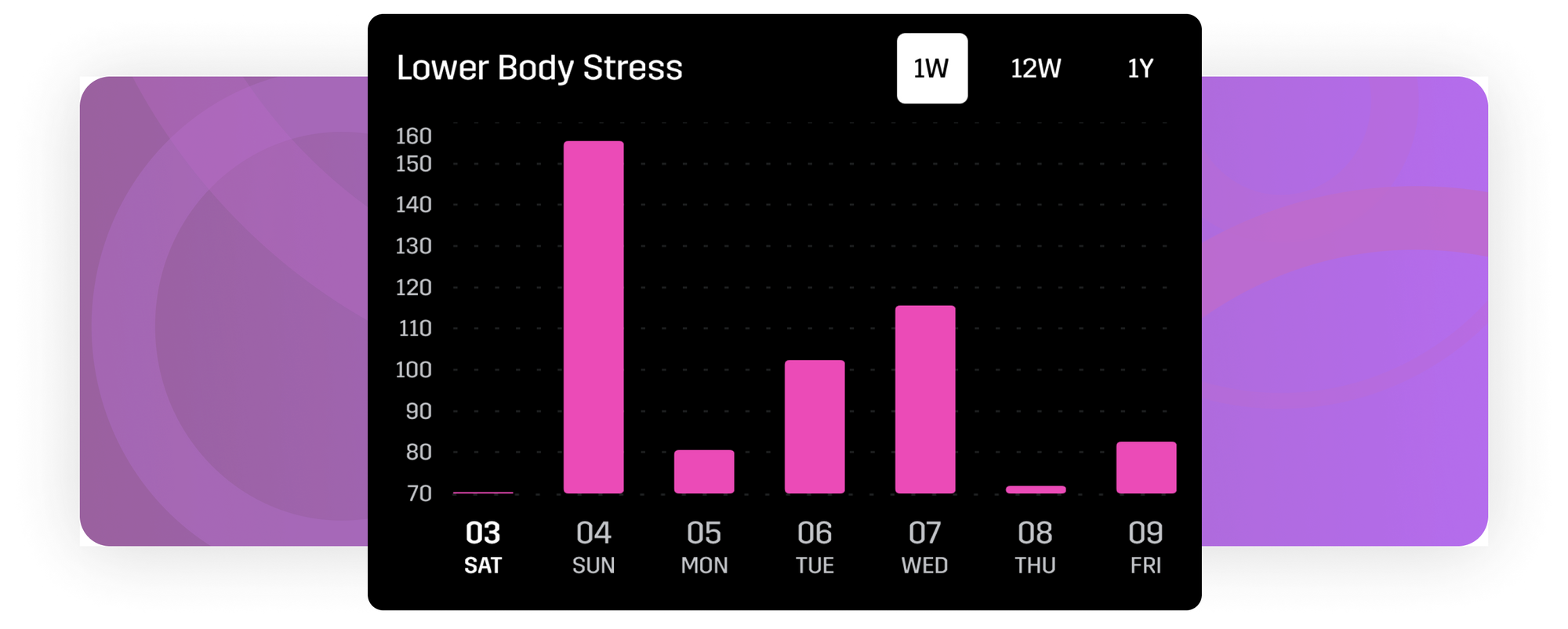
Ready to upgrade to the Next Gen Stryd?
You can start running with the Next Gen Stryd today and utilize these new metrics to keep healthy & sustain your performance.
Please visit our Frequently Asked Questions document for your questions on the Next Gen Stryd >
Click on the link below to purchase the Next Gen Stryd.


